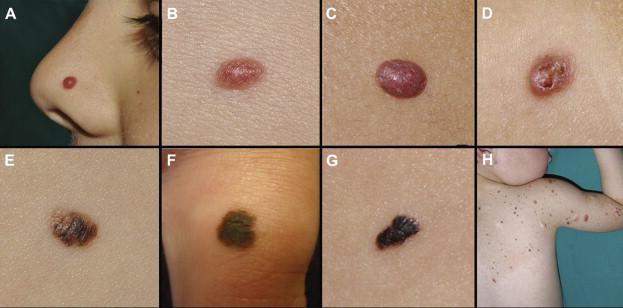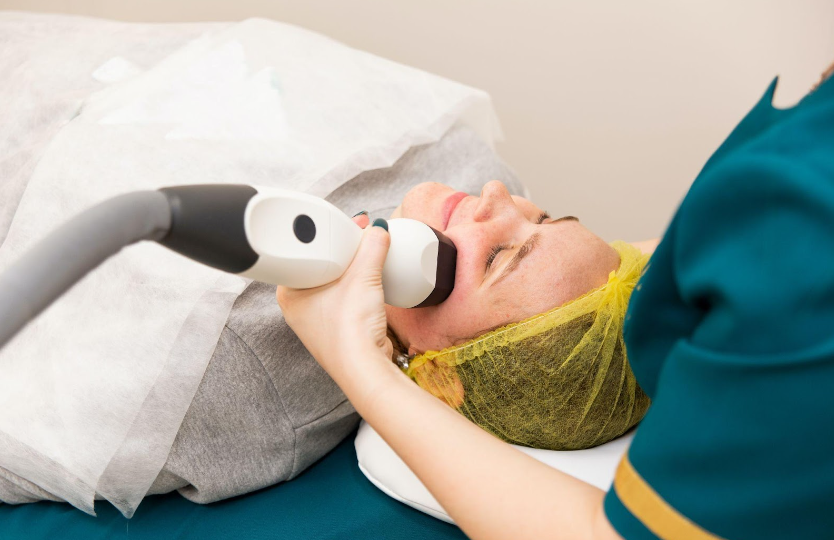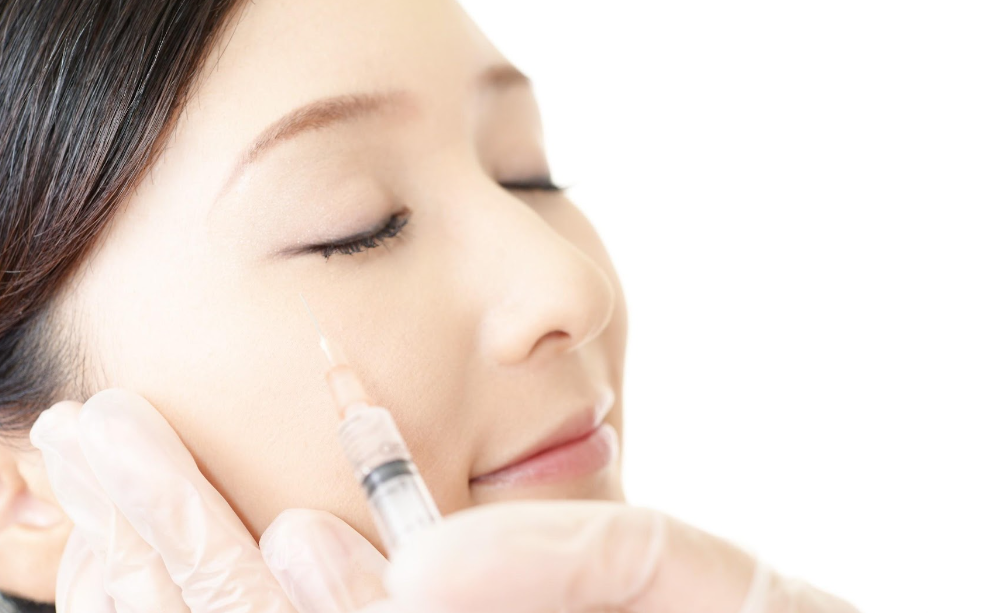Blog Layout
Melanoma in Children – Pediatric & Adolescent Cases
Dr. Rebecca Duff • Feb 19, 2018

There was a study published recently in the Journal of the American Academy of Dermatology that conducted a clinical study on 52 cases of melanoma in children. While it is true that the majority of melanoma cases occur in middle-age and senior patients, it is not a widely known fact that this cancer can occur in children as well. In fact, the number of melanomas is rising in both adults and children, which is something that often gets lost in the messages to the public about skin protection. We should mention, that although the cancer rates are rising in pediatric patients, it is still quite rare. Pediatric melanoma is a melanoma diagnosed during childhood, and it accounts for 1% to 4% of all melanoma cases. The National Cancer Institute estimates that approximately 500 children each year are diagnosed with melanoma. And a study that was published in 2013 found that melanoma cases in pediatric patients are rising at around 2% each year. The group of children with the greatest increase in cases is that of ages 15-19. This group is diagnosed roughly 10 times more than those ages 5-9. So, while it is rare, it is still something to watch rather closely.
Pediatric melanomas tend to be thicker tumors at the time of detection. This is due, in part, to the delay in diagnosis as well as differences in growth dynamics. When you talk with a dermatologist about monitoring changes in the skin for melanomas, you often are told the ABCDs of suspicious moles (asymmetry, border irregularity, multiple colors, and a large diameter). This is a great standard for middle to senior aged patients, however the growing number of pediatric melanomas has led dermatologists to reconsider the signs to look for in children. In any sense, the increase in pediatric cases warrants a need to be vigilant in monitoring changes in a child’s skin. Again, melanoma in children is incredibly rare. On a national level, approximately 30% of all pediatric dermatology consults are in regards to a suspicious mole, and of those cases that truly warrant concern the mole-to-melanoma ratio, according to the most recent study published, is about 1:1000. So while we write this blog to educate parents on the importance of being aware of skin changes in their children, the reality is that the disease is extremely rare. Most pediatric dermatology visits are for the mild to moderately severe stuff like acne, warts, rashes, eczema, nail fungi, and atopic dermatitis.
For the purpose of purely education, let us look at the types of pediatric melanoma that can occur. There are three types:
- Conventional Melanoma: this type of melanoma is rarely diagnosed before puberty. Clinically, this pediatric melanoma shows several similarities to adult melanoma, hence the “conventional” name. There is evidence, published by the Journal of Investigative Dermatology, of similar UV-induced DNA damage and similar UV-induced mutations to that seen in adult melanomas.
- Spitzoid Melanoma: this type of pediatric melanoma is tricky. Spitzoid Melanomas are often nodular in nature, round in shape, and uniform in color. So in short, Spitzoid Melanomas do not typically follow the commonly used ABCD guide to spotting/diagnosing melanoma. These melanomas often lack common genetic mutations seen in adult melanoma. There is no clear cause for these melanomas currently.
- Congenital Melanocytic Nevus: this type of melanoma is a large, pigmented mole or birthmark that is present at birth. What is most interesting is that current research suggests that approximately 5-10% of these Congenital Melanocytic Nevus cases develop into melanoma later in life. Similar to Spitzoid melanomas, there is no clear cause for these tumors.
Knowledge on skin cancer developing in children is sparse, and with the recent study that was published we thought it worth talking about. We value information and we enjoy utilizing the blog to educate the patients we serve. As a whole, skin cancer is the most common cancer diagnosed each year in the United States, and in the Hattiesburg-Laurel, Mississippi areas we see a lot of skin cancers. At Pine Belt Dermatology skin cancers are our bread and butter, so we like to help our patients be as vigilant as possible when it comes to detecting suspicious lesions on the skin. Schedule an appointment with us today if you, or a loved one, need a skin screening.

01 Apr, 2024
As the spring season unfolds, many individuals eagerly anticipate spending more time outdoors, reveling in the beauty of blooming flowers and vibrant landscapes. However, for some, spring brings about a different experience—one characterized by itchy, irritated skin and uncomfortable allergic reactions. Skin conditions associated with allergies or heightened exposure to outdoor elements can significantly impact individuals' quality of life during this time.

01 Mar, 2024
Skin cancer is one of the most common types of cancer worldwide, affecting millions of people every year. The good news is that, with early detection, the majority of skin cancers are highly treatable. Regular skin cancer screenings play a crucial role in identifying potential issues before they escalate.

30 Jan, 2024
As winter blankets the world in a serene layer of snow and chilly temperatures, many of us tend to believe that the need for sunscreen diminishes along with the intensity of the sun's rays. The misconception that sunscreen isn’t essential during the winter can lead to unintended consequences for our skin.

02 Jan, 2024
We all love that golden glow from a day spent basking in the sun, but what about those days when the sun decides to take a break? That's where indoor tanning comes into play, right? Well, hold on to your tanning goggles because there’s more to this seemingly harmless activity than meets the eye.

By PatientPoint Launch
•
04 Dec, 2023
Your skin is a window into the health and happiness of your whole body. As the body's largest organ, it plays a pivotal role in physical protection and shaping your identity and self-esteem. Seeking the guidance of a dermatologist is a wise decision when faced with skin issues, be it medical or cosmetic. However, the challenge lies in how to find the perfect dermatologist who can address your unique concerns and requirements.

07 Sep, 2023
In the world of skincare, there are many myths and misconceptions that can make it difficult to tell what is true and what is not. From extravagant claims about miracle ingredients to misguided beliefs about skincare practices, these myths can hinder our journey towards healthy, glowing skin.

02 Aug, 2023
The warm embrace of the sun holds a hidden danger called skin cancer. This pervasive disease affects millions in the United States, with over 5.4 million cases diagnosed annually. As the numbers continue to rise, it's crucial to shed light on this menacing threat. Fortunately, with early detection and the right treatment, you can safeguard the well-being of your or a loved one’s skin.
Phone:
Address:
Hours of Operation:
Mon-Fri: 8:00am to 4:30pm
Phone:
Address:
Hours of Operation:
Mon-Fri: 8:00am to 4:30pm




